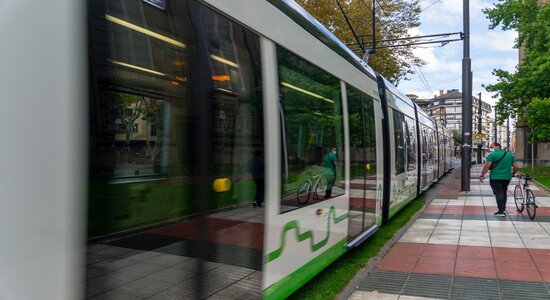Sustainable Transportation Options for Rural Communities
Access to reliable and sustainable transportation is essential for rural communities to thrive and prosper· However, many rural areas face unique challenges when it comes to transportation, including limited infrastructure, long distances between destinations, and a lack of public transit options· Fortunately, there are a variety of sustainable transportation solutions that can help rural communities overcome these challenges and improve mobility, accessibility, and quality of life for residents·
One sustainable transportation option for rural communities is the promotion of active transportation modes such as walking and cycling· By investing in pedestrian and cycling infrastructure, including sidewalks, bike lanes, and multi-use trails, rural communities can encourage residents to choose active modes of transportation for short trips and daily errands· Active transportation not only reduces traffic congestion and air pollution but also promotes physical activity and improves public health outcomes in rural areas·
Another sustainable transportation solution for rural communities is the development of community-based transportation services such as carpooling, vanpooling, and ridesharing programs· By organizing carpools and rideshares among residents who travel to similar destinations, rural communities can reduce the number of single-occupancy vehicles on the road and maximize the efficiency of existing transportation resources· Community-based transportation services can also help address transportation barriers for individuals who lack access to private vehicles or public transit options·
Furthermore, rural communities can explore innovative mobility solutions such as microtransit, on-demand transportation services, and shared mobility platforms to meet the diverse transportation needs of residents· These flexible and responsive transportation options leverage technology and data to provide personalized, door-to-door transportation services that are tailored to the specific needs and preferences of rural communities· By embracing innovation and collaboration, rural communities can create a more inclusive and accessible transportation system that serves all residents·
Additionally, sustainable transportation solutions for rural communities should prioritize environmental sustainability and resilience, minimizing the carbon footprint and ecological impact of transportation activities· This may involve investing in electric and hybrid vehicles, promoting fuel-efficient driving practices, and supporting alternative fuel infrastructure such as electric vehicle charging stations and biofuel production facilities· By transitioning to clean and renewable energy sources for transportation, rural communities can reduce greenhouse gas emissions and mitigate the effects of climate change while promoting economic development and energy independence·
In conclusion, sustainable transportation options play a critical role in enhancing mobility, accessibility, and quality of life for rural communities· By investing in active transportation, community-based transportation services, innovative mobility solutions, and environmental sustainability, rural communities can create a more resilient, equitable, and sustainable transportation system that meets the needs of residents now and in the future·






